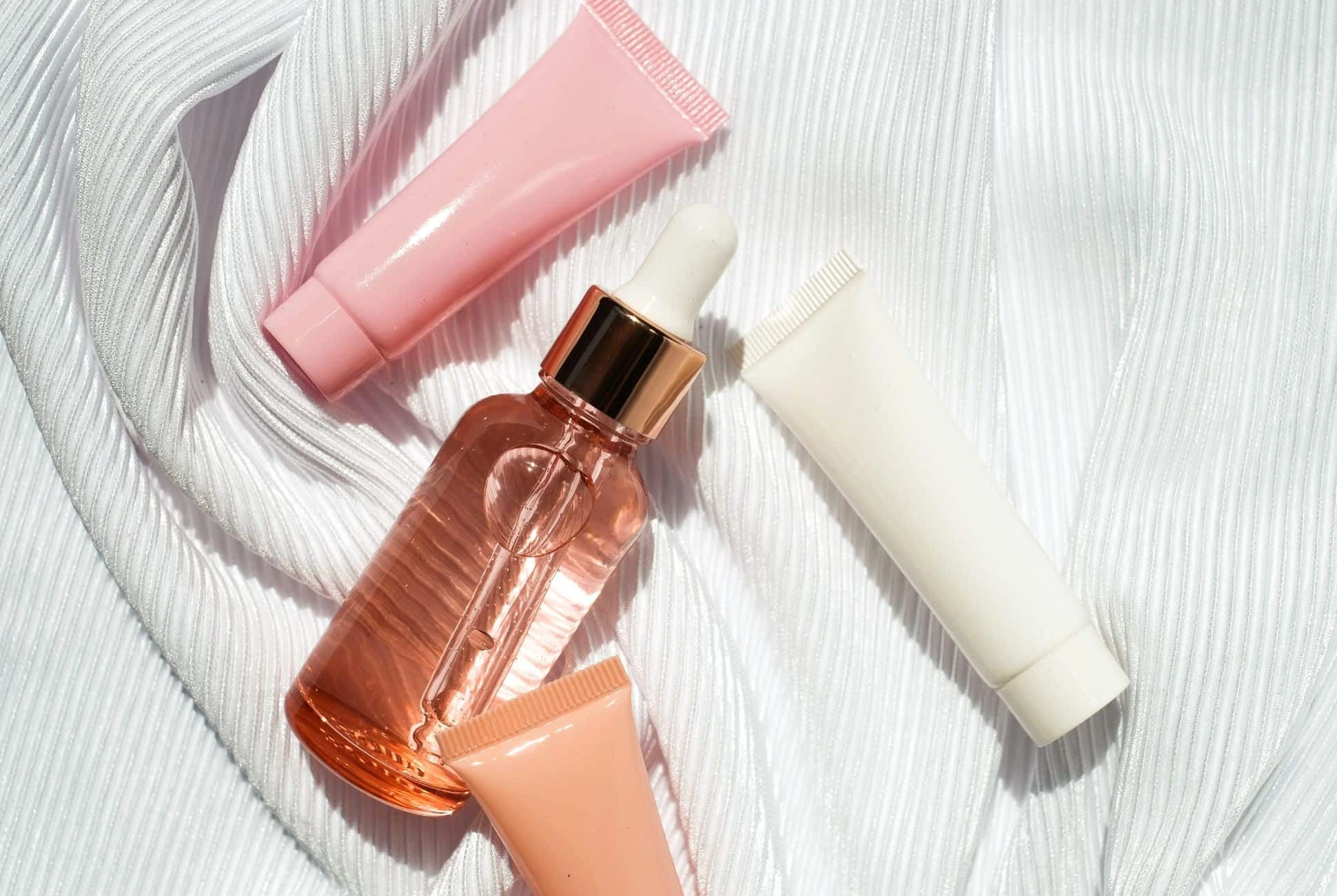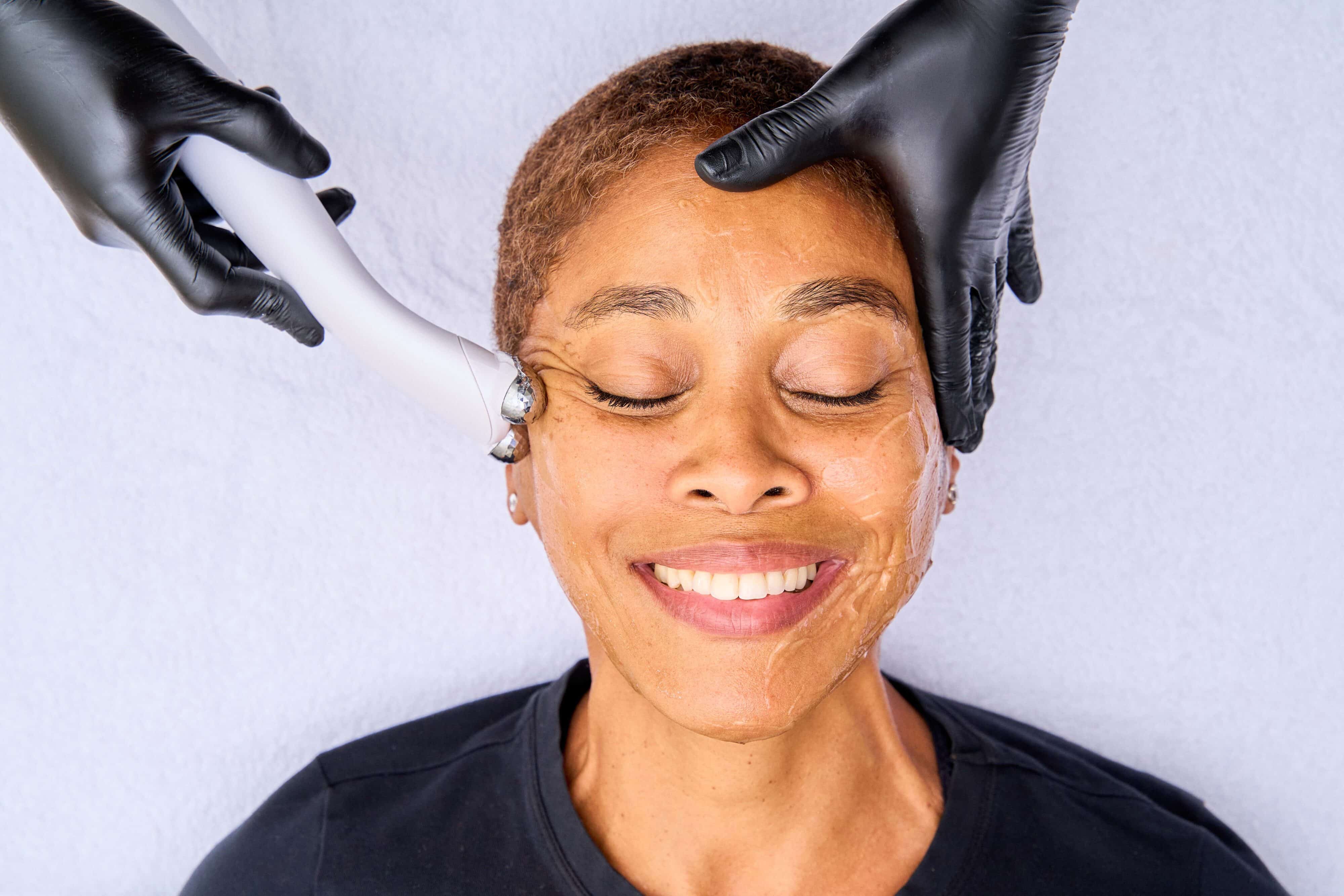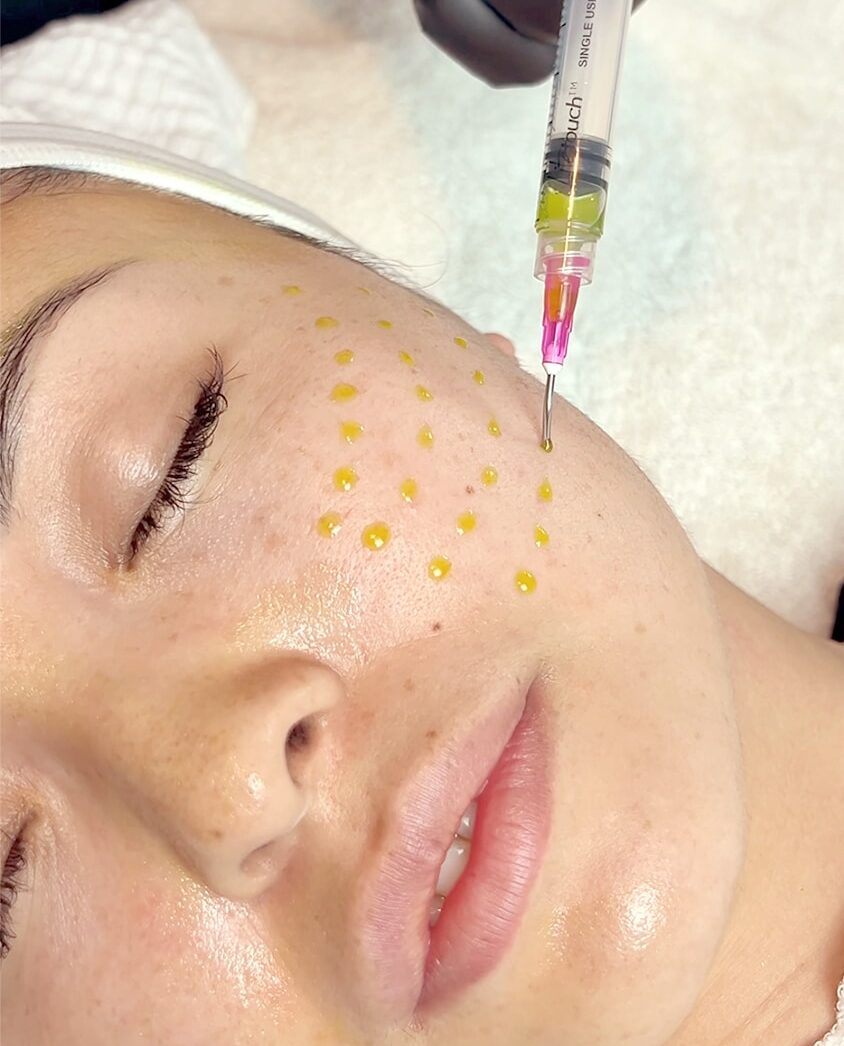What’s the Difference Between Lactic Acid and Glycolic Acid?

It’s no secret that exfoliating does the skin wonders–that is, when done properly. Still, choosing the best chemical exfoliant for your skin can be daunting, even if you narrow down those choices to AHAs.
Alpha-hydroxy acids (AHAs) are a type of chemical exfoliant, and they include a wide range of different types including lactic acid, mandelic acid, and glycolic acid. Out of all the options, however, experts will likely tell you that lactic acid and glycolic acid are the best.
Of course, there’s still a challenge: how do you know which AHA is the best for you and your skin’s needs?
Here is what you need to know about these two exfoliating staples.
What Are Chemical Exfoliants?
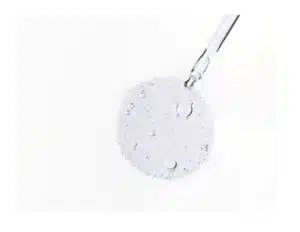
While the term “chemical exfoliant” might sound a bit intimidating, it’s a perfectly gentle form of skincare, and it can even be done at home.
The main purpose behind a good chemical exfoliant is to help speed up your cell turnover–typically, it takes 28-40 days for fresh skin to reach the surface as “old” skin cells are naturally sloughed off. But with the help of exfoliation, new skin comes to the surface at an accelerated rate.
Chemical exfoliants also differ from physical exfoliants: while physical exfoliants essentially “scrub” the skin, chemical exfoliants work on a molecular level by dissolving the bonds that keep dead skin cells trapped on the outer layer.
What Are AHAs?
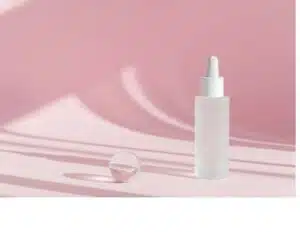
When we talk about chemical exfoliants, AHAs and BHAs tend to come up the most often. Beta-hydroxy acids, or BHAs, are oil-soluble acids which include salicylic acid, and they are popular for treating blackheads and acne-prone skin.
AHAs, short for alpha-hydroxy acids, are acids derived from fruits and milk, and they are especially renowned in skincare for their ability to remove dead skin cells while promoting repair and anti-aging.
While chemical exfoliants can be purchased for at-home use, the most effective method is to visit a facial spa for a chemical peel or microdermabrasion, but you can also find products with acids to use at home.
Many people do not know which acid to try first, and since the two most popular acids are glycolic acid and lactic acid, let’s unpack these two!
What is Glycolic Acid?
Known for its appearance in skin-resurfacing glycolic peels, the ever-potent glycolic acid is an AHA that is derived from carbohydrate-rich fruits like sugarcane. This acid is important because it loosens the “glue” that holds the dead and dull skin cells that sit on the surface of your skin.
Glycolic acid has the smallest molecular size of any AHA, so it easily penetrates the skin. This makes it unsafe for sensitive skin types. Products that use Glycolic acid are good for:
- Improving skin texture
- Reducing fine lines or wrinkles
- Building collagen and elastin to slow aging
- Fading dark spots brightening the complexion
This AHA can be used for glowing skin through glycolic acid toners, which provide a gentle exfoliation for weekly usage. For deeper exfoliation, a glycolic acid peel makes an excellent choice, but it’s important to give your skin the necessary prep to prevent stripping.
What Is Lactic Acid?
Lactic acid is a type of chemical exfoliant derived from cane sugar or tapioca. It’s also found naturally occurring in the body, especially after some intense exercise.
The benefits of lactic acid are similar to those of glycolic acid, particularly in that it also exfoliates the dead skin cells. A serum or toner containing lactic acid is a good first step into chemical exfoliation, as it’s safe for sensitive skin types. Because the molecular structure is larger in comparison, lactic acid does not penetrate as deeply as other acids. The benefits of using Lactic acid are:
- Improving your skin’s barrier
- Boosting hydration
- Reducing the appearance of fine lines, wrinkles and hyperpigmentation
Much like glycolic acid benefits the skin, lactic acid is great when used as a peel or toner. Due to its gentler, milder quality, however, lactic acid for skin is also popular as a serum.
Glycolic Acid vs Lactic Acid: Which Is Best for Me?
Which AHA is going to be best for you, glycolic acid or lactic acid. Ultimately, this will depend on your skin type and its needs.
For those with normal and oily skin types, and for those who deal with uneven texture, glycolic acid may make the better choice since it can penetrate more deeply into the skin layer.
Meanwhile, lactic acid is an exfoliant that is on the milder side, making it particularly suitable for those with sensitive skin.
With any new skincare product, it is generally advised that you start gradually and in lower concentrations, while slowly working your way up to more powerful choices.
Can You Combine Glycolic Acid With Lactic Acid?
Another question many of our estheticians hear is whether you can use the chemical exfoliants glycolic acid and lactic acid together. There are certain products that are formulated with glycolic acid and lactic acid that work to address both the benefits of each acid.
A product containing both AHAs should be the only way these acids should be used together in the same day. You can use different acids on different days, but our skincare professionals say the key for healthy skin is staying away from using them in the same night if not formulated together.
How to Exfoliate for Beautiful Skin
Over exfoliating is the most common way to destroy the skin’s barrier (acid mantle). This can cause more harm than good to your skin. You want to make sure you are balancing all active ingredients within the routine throughout the week.
The best way to combat a damaged skin barrier at home is by making sure to always hydrate your skin and use products formulated for sensitive skin. There is also nothing wrong with using your more powerful products every other day rather than every day. If you have found that your skin barrier has been damaged, you can also come by our facial spa for a rejuvenating facial that can nurse your skin back to health.
If you’re just starting out and are unsure where to start with chemical exfoliation, always try a patch test. It will help determine if your skin can handle that certain product. Always remember to start with a gentle exfoliator first, as this will help determine how your skin reacts to it, so you can work your way up to stronger chemical exfoliants with confidence.
By
